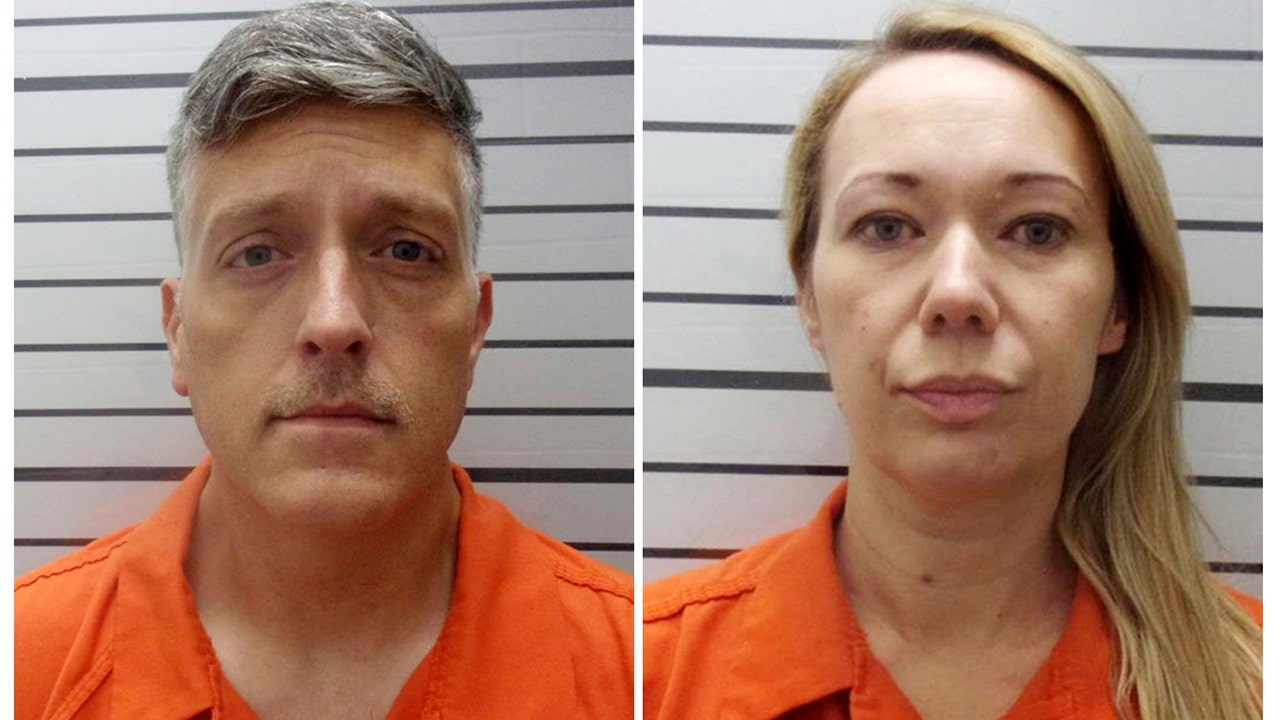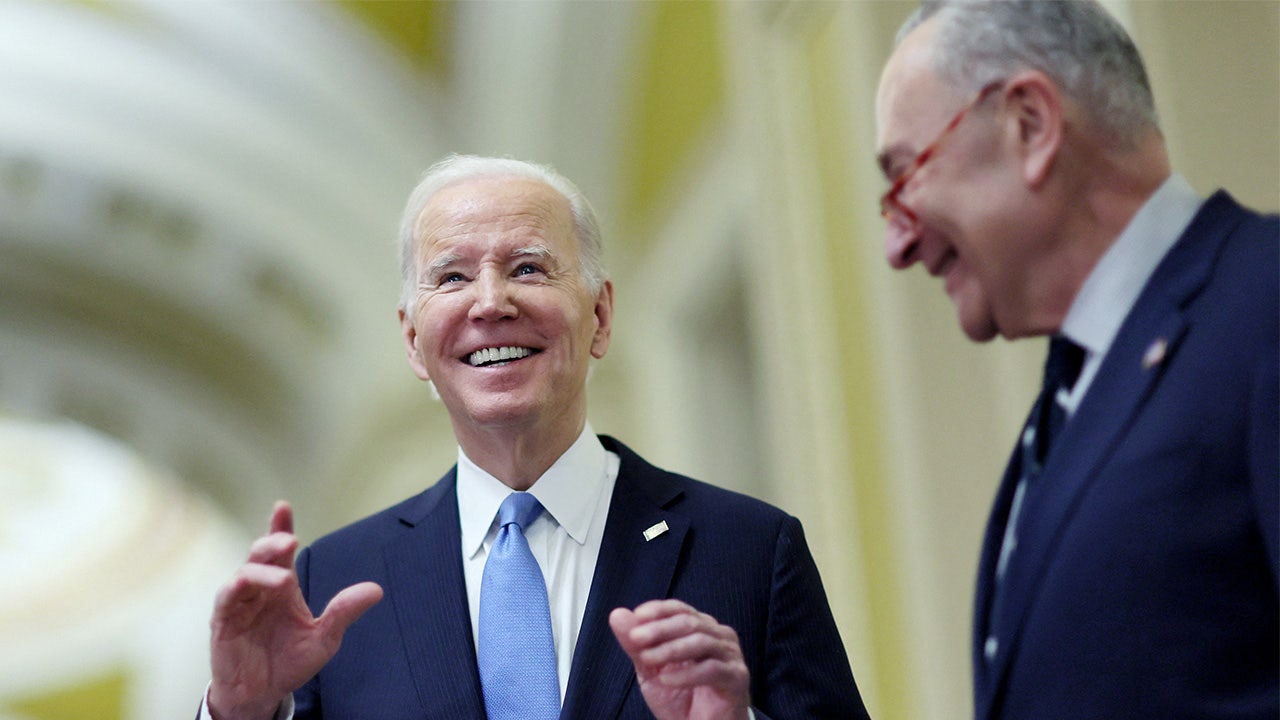World
Military attack leaves Myanmar’s displaced civilians with ‘no safe place’
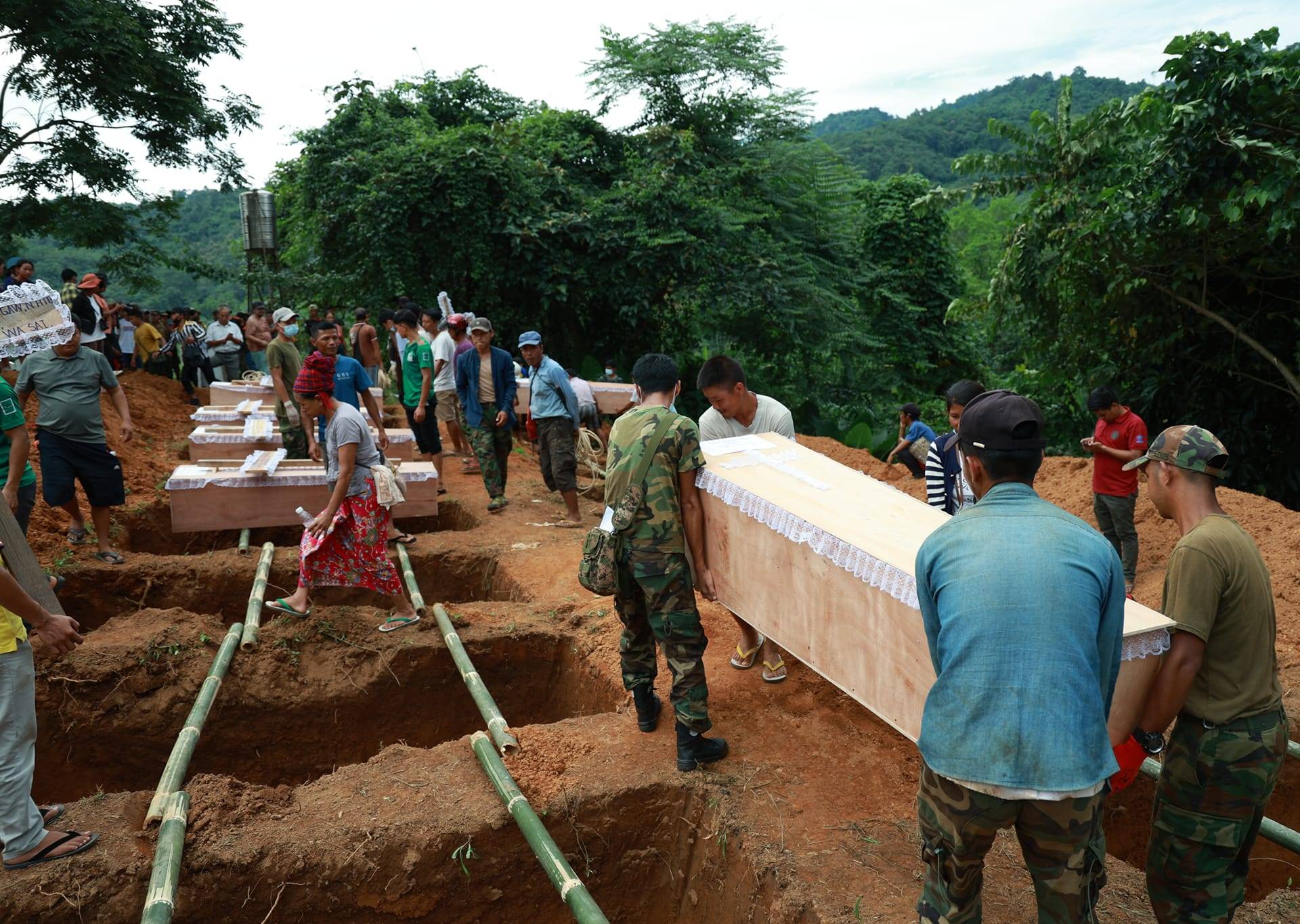
On the night of October 9, Seng Mai was awoken by a deafening explosion that tore apart her shelter in Mung Lai Hkyet, a camp for conflict-displaced people in northern Myanmar’s Kachin State.
“The sound was so loud that I wondered whether I had even survived,” the 21-year-old told Al Jazeera.
As rounds of mortar fire thundered from the direction of a nearby military post, she crawled into a makeshift trench.
“A grandmother was crying and shouting for help. My mother was running barefoot,” she said. “Children were also running in the dark, struggling to reach a safe place.”
By the time the bombardment was over, 28 civilians including 12 children had been killed and dozens of shelters as well as a kindergarten and church were destroyed. Rights groups have blamed the military, which seized power from the elected government of Aung San Suu Kyi in February 2021 and has so far denied responsibility for the attack.
It has an extensive record of targeting civilians and civilian areas, however, and its actions have only become “increasingly brazen” since the coup, according to a United Nations-appointed investigative mechanism. In August, the mechanism announced that it had found “compelling evidence” that the military had committed “more frequent and audacious war crimes and crimes against humanity”.
Bolstering this claim, a report published by the UN’s human rights office last month found that the military had killed at least 3,800 civilians, destroyed nearly 75,000 civilian properties and conducted nearly 1,000 air strikes in the more than two and a half years since the coup.
“Emboldened by confidence in impunity, military actions have grown in intensity and brutality,” said the report. “A seemingly endless spiral of military violence has engulfed all aspects of life in Myanmar.”
The recent attack on Mung Lai Hkyet targeted civilians displaced by war since 2011.
Several Kachin internally displaced youth, three of whom witnessed the Mung Lai Hkyet attack, told Al Jazeera the incident had left them traumatised and afraid. It also reinforced their sense that they had nowhere safe to run.
“I want to sleep at night but I can’t because I keep recalling the attack. I feel fearful and anxious about what might happen, while also recalling the terrible and tragic experiences that I’ve been through,” said Seng Mai, who has lived in Mung Lai Hkyet since 2011. “Since I became an IDP [internally displaced person], there have been many long and sleepless nights.”
Al Jazeera has given Seng Mai and others interviewed pseudonyms due to the risk of military retaliation.
‘No safe place’
Like many ethnic minorities in Myanmar, Kachin people were targets of the military’s human rights abuses long before the coup. The Kachin Independence Organisation (KIO), one of more than a dozen ethnic armed groups along the country’s borders, began its struggle for autonomy in 1961 and ever since, the military has attempted to cut its access to food, funds, intelligence and recruits in a strategy known as “four cuts.”
The approach, which specifically targets civilians, has only added fuel to the Kachin resistance, which entered a new phase with the collapse of a 17-year-long ceasefire in 2011. The fighting that followed displaced some 100,000 people, most of whom fled to camps. With the military criminalising affiliation with or support to the KIO under its Unlawful Associations Act, more than a third took refuge in KIO territory along Myanmar’s eastern border with China.
Htu Raw, who is using a pseudonym, recalled hearing the fighting break out from the state capital of Myitkyina, where she was boarding at the time to attend high school. Her family soon fled their village but she only found out two years later when she finished school and her mother came to pick her up.
“I noticed that the journey back wasn’t the same,” Htu Raw said. “I asked her where we were going, and she replied, ‘We have become IDPs now and we’re going back to the camp’.” Known as Woi Chyai, it is next to Mung Lai Hkyet and about 5km (3.1 miles) north of the KIO’s headquarters in Laiza.
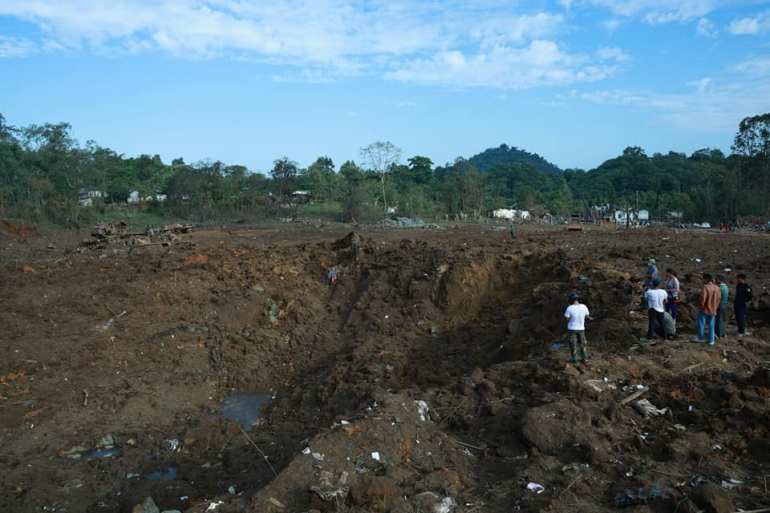
It was only a few years before fighting broke out again, prompting the camps’ residents to dig trenches where they could hide. “There were many times when we had to dig trenches and run into them when we heard the sound of planes,” said Htu Raw.
In 2019, the Aung San Suu Kyi-led civilian government began discussions with Kachin civil society about the return of displaced people to their villages as part of a broader effort to close IDP camps across the country. The initiative, however, was largely rejected by Kachin IDPs themselves due to the lack of a ceasefire between the KIO and the military, or any security guarantee for those who returned.
Still, many realised that the camps could provide them with little protection.
“Since the war resumed in 2011, the entire Laiza area hasn’t been a safe place for us to stay but we don’t have other safe places to go,” said Ah Hpung, a youth leader in Woi Chyai camp.
Traumatised people
After the coup, Kachin IDPs became even more vulnerable as security conditions deteriorated across the country. Within months, the military had killed hundreds of nonviolent protesters, provoking widespread armed resistance to its rule. The KIO has been active in providing training and weapons to newer resistance groups, while also clashing regularly with military forces.
In recent months, the fighting has increasingly neared Laiza, and although the residents of Mung Lai Hkyet had been on alert, the attack on October 9 came without warning. “Normally, we hear artillery shelling and jets flying, and we run and hide in the trenches for a moment, but in this case, we didn’t hear any planes,” said Seng Mai.
According to Ah Hpung, the attack has instilled a new level of fear among the displaced. “Since the war resumed, bombs have regularly fallen near us, but we felt we could hide in trenches during those times,” he said. “Now, those who were affected during the recent attack don’t dare to go back. We always feel unsafe in our homeland.”
He and others also described a community deeply traumatised by the incident. “Some children lost their mothers. They didn’t speak at all and just stared,” said Ah Hpung. “Some of the children who heard the sound of the bomb and witnessed the scale of the damage are losing their minds.”
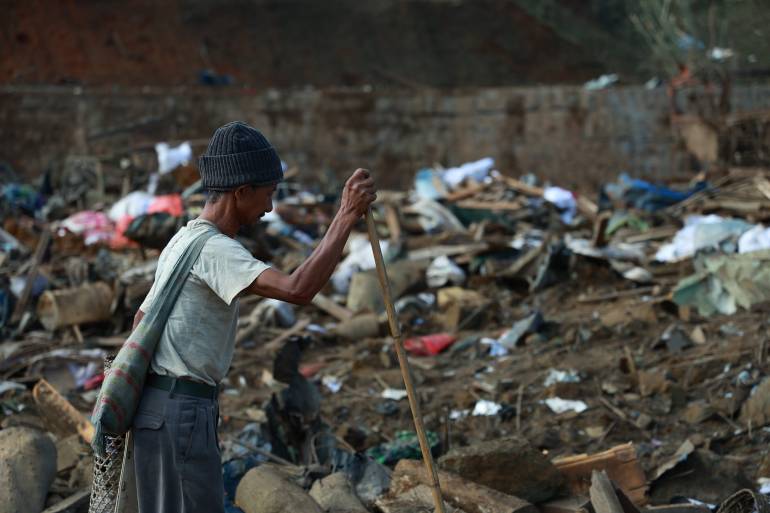
Htu Raw, who hid in a bunker in Woi Chyai camp during the attack and then rushed to help the wounded, has been unable to sleep. “When I hear the sound of a falling object, I immediately think it could be a bomb,” she said. “I’m even scared when darkness falls.”
Having lost their homes and belongings, those who survived are also likely to face significant financial hardships, exacerbating the difficulties they already faced due to the pandemic and coup. “There are many livelihood difficulties in every IDP family,” said Ah Ngwar Mee, whose nine family members survived the attack. “Because we stay in camps where we don’t own the land, it’s difficult even to garden.”
According to Htu Raw, who set aside her studies when she was 19 to work, many young people were already struggling just to attend school.“Many IDP youth want to continue their education. Some are very passionate about becoming educated but because their families are not able to support them, they have to let go of their dreams,” she said.
Ah Hpung fears that the Mung Lai Hkyet attack is likely to put students’ educational goals back even further. “Now, the youth feel hopeless and depressed about the future,” he said.
Hatred deepens
In addition to the hardships inflicted by the attack, it has only deepened the survivors’ hatred of the military. “This should be remembered as long as we live and we should pass it down to the next generation,” said Ah Hpung. “It shows the brutality of the Burmese [military] and that we should never ally or join with them.”
For many Kachin people, the attack also feeds into a sense of persecution that has only increased since the coup, especially after the military bombed a music concert near the jade mining town of Hpakant last October, leaving dozens of people dead. “They are intentionally killing our people and insulting us,” said Sut Seng Htoi, a prominent Kachin activist who was displaced in 2017. “They are trying to show that they can kill us anywhere.”
She told Al Jazeera that she would like to see Kachin people in Myanmar and around the world double down in their efforts to resist military rule and promote the development of strong and healthy Kachin institutions. “We, Kachin people, need to refocus on our unity and aspirations,” she said. “The feeling of loving our people is not enough; there must be action.”
In the week since the attack, Kachins and other Myanmar nationals around the world have worked to raise international awareness about the incident and advocate for a stronger response, including sanctions on aviation fuel which the military uses to bomb civilians. In Chiang Mai, Thailand, a group of activists held a theatrical re-enactment of the incident, and in Bangkok, a group of protesters stood in front of the United Nations office with signs calling on the organisation to “end its circle of failures in Myanmar”.
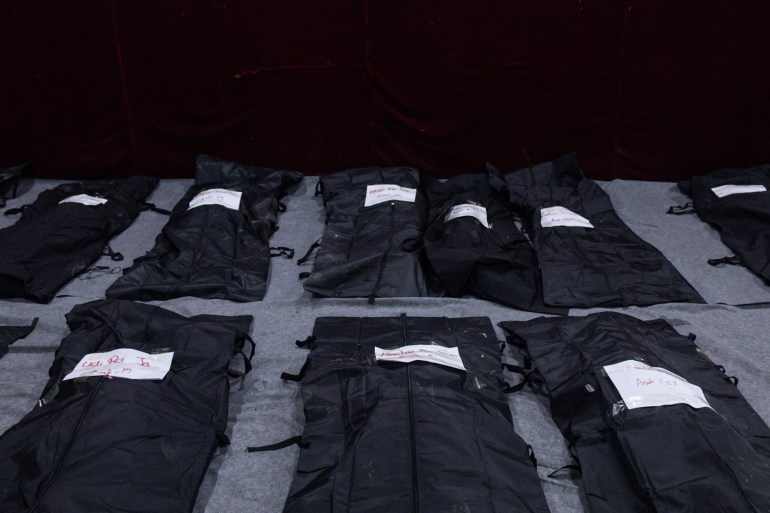
Others are raising funds, including a group of Kachin students and migrant workers in Tel Aviv, Israel who have pooled their money to send to the Mung Lai Hkyet survivors even as they hide in bunkers themselves.
Sarah Nu, a Kachin youth who has been living in Tel Aviv since 2018, said she would like to see Western countries and aid organisations offer Myanmar’s democracy movement and the Kachin struggle for self-determination the kind of attention and support that they have shown to Israel.
“Israel is already a developed nation and the United States and Western countries have supported it well. Regarding Kachin state and Kachin people, there isn’t much support,” she said. “There’s a huge difference when it comes to assisting the people.”
Back in the camp, Ah Hpung called on Kachins and others around the world to keep their attention on the crisis in Myanmar, including by promoting a better future for internally displaced youth. “Whenever there is war, we, the youth, have to suffer from it,” he said. “We need to support the youth who are supporting our people.”

World
Jon Hamm’s Your Friends & Neighbors Renewed at Apple TV+ Ahead of Series Premiere — Get Release Date

ad
World
Israel keeping its ‘eyes open’ for Iranian attacks during Trump transition period, ambassador says
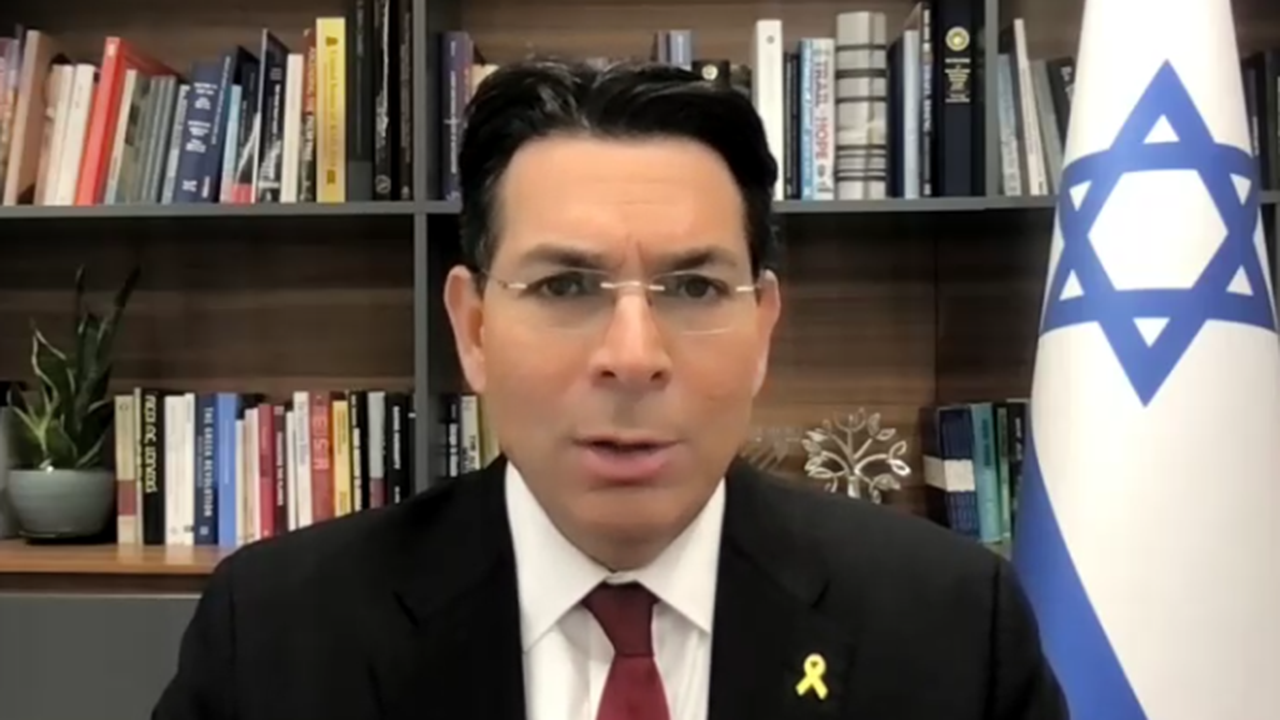
Israel’s U.N. Ambassador Danny Danon tells Fox News Digital that his country is keeping its “eyes open” for any potential aggression from Iran during the Trump transition period, adding it would be a “mistake” for the Islamic Republic to carry out an attack.
The comments come after Iranian Foreign Minister Abbas Araghchi vowed earlier this week that Iran would retaliate against Israel for the strategic airstrikes it carried out against Tehran on Oct. 26. Araghchi was quoted in Iranian media saying “we have not given up our right to react, and we will react in our time and in the way we see fit.”
“I would advise him not to challenge us. We have already shown our capabilities. We have proved that they are vulnerable. We can actually target any location in Iran. They know that,” Danon told Fox News Digital.
“So I would advise them not to make that mistake. If they think that now, because of the transition period, they can take advantage of it, they are wrong,” he added. “We are keeping our eyes open and we are ready for all scenarios.”
ICC REJECTS ISRAELI APPEALS, ISSUES ARREST WARRANTS FOR BENJAMIN NETANYAHU, YOAV GALLANT
Israel’s U.N. Ambassador Danny Danon tells Fox News Digital that his country is “ready for all scenarios” coming from Iran during the Trump transition period. (Fox News)
Danon says he believes one of the most important challenges for the incoming Trump administration will be the way the U.S. deals with Iran.
“Regarding the new administration, I think the most important challenge will be the way you challenge Iran, the aggression, the threat of the Iranian regime. I believe that the U.S. will have to go back to a leading position on this issue,” he told Fox News Digital.
“We are fighting the same enemies, the enemies of the United States of America. When you look at the Iranians, the Houthis, Hezbollah, Hamas, all those bad actors that are coming against Israel… that is the enemy of the United States. So I think every American should support us and understand what we are doing now,” Danon also said.
IRAN HIDING MISSILE, DRONE PROGRAMS UNDER GUISE OF COMMERCIAL FRONT TO EVADE SANCTIONS

Rep. Elise Stefanik, R-N.Y., is acknowledged by President-elect Donald Trump alongside Speaker of the House Mike Johnson during a meeting with House Republicans at the Hyatt Regency hotel in Washington, D.C., on Nov. 13, 2024. Stefanik has been chosen by President-elect Donald Trump as the next U.S. ambassador to the United Nations. (Allison Robbert/Pool via REUTERS)
Danon spoke as the U.S. vetoed a draft resolution against Israel at the U.N. Security Council on Wednesday.
The resolution, which was overseen by Algeria, sought an “immediate, unconditional and permanent cease-fire” to be imposed on Israel. The resolution did not guarantee the release of the hostages still being held by Hamas within Gaza.

Israeli Air Force planes departing for the strikes in Iran on Oct. 26. (IDF Spokesman’s Unit)
“It was a shameful resolution because… it didn’t have the linkage between the cease-fire and the call [for] the release of the hostages. And I want to thank the United States for taking a strong position and vetoing this resolution,” Danon said. “I think it sent a very clear message that the U.S. stands with its strongest ally with Israel. And, you know, it was shameful, too, to hear the voices of so many ambassadors speaking about a cease-fire but abandoning the 101 hostages. We will not forget them. We will never abandon them. We will continue to fight until we bring all of them back home.”
Fox News’ Benjamin Weinthal contributed to this report.
World
Fact-check: What do we know about Russia’s nuclear arsenal?
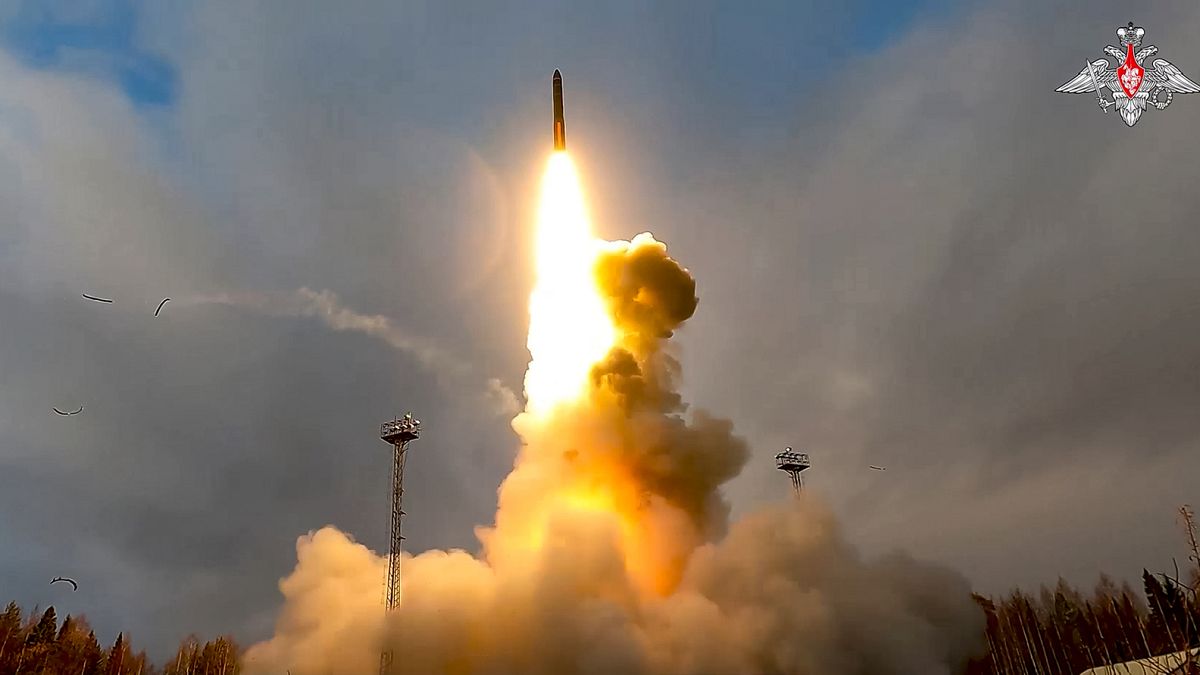
Moscow has lowered the bar for using nuclear weapons and fired a missile capable of carrying a nuclear warhead into Ukraine, heightening tensions with the West.
Russia’s nuclear arsenal is under fresh scrutiny after an intermediate-range ballistic missile capable of carrying an atomic warhead was fired into Ukrainian territory.
President Vladimir Putin says the unprecedented attack using the so-called “Oreshnik” missile is a direct response to Ukraine’s use of US and UK-made missiles to strike targets deep in Russian territory.
He has also warned that the military facilities of Western countries allowing Ukraine to use their weapons to strike Russia could become targets.
The escalation comes days after the Russian President approved small but significant changes to his country’s nuclear doctrine, which would allow a nuclear response to a conventional, non-nuclear attack on Russian territory.
While Western officials, including US defence secretary Lloyd Austin, have dismissed the notion that Moscow’s use of nuclear weapons is imminent, experts warn that recent developments could increase the possibility of nuclear weapons use.
Here’s what we know about Russia’s inventory of atomic weapons.
How big is Russia’s nuclear arsenal?
Russia holds more nuclear warheads than any other nation at an estimated 5,580, which amounts to 47% of global stockpiles, according to data from the Federation of American Scientists (FAS).
But only an estimated 1,710 of those weapons are deployed, a fraction more than the 1,670 deployed by the US.
Both nations have the necessary nuclear might to destroy each other several times over, and considerably more atomic warheads than the world’s seven other nuclear nations: China, France, India, Israel, North Korea, Pakistan and the United Kingdom.
Of Moscow’s deployed weapons, an estimated 870 are on land-based ballistic missiles, 640 on submarine-launched ballistic missiles, and potentially 200 at heavy bomber bases.
According to FAS, there are no signs Russia is significantly scaling up its nuclear arsenal, but the federation does warn of a potential surge in the future as the country replaces single-warhead missiles with those capable of carrying multiple warheads.
Russia is also steadily modernising its nuclear arsenal.
What could trigger a Russian nuclear response?
Moscow’s previous 2020 doctrine stated that its nuclear weapons could be used in response to an attack using nuclear or other weapons of mass destruction “when the very existence of the state is put under threat.”
Now, the conditions under which a nuclear response could be launched have changed in three crucial ways:
- Russia will consider using nuclear weapons in the case of a strike on its territory using conventional weapons, such as cruise missiles, drones and tactical aircraft.
- It could launch a nuclear attack in response to an aggression by a non-nuclear state acting “with the participation or support of a nuclear state”, as is the case for Ukraine.
- Moscow will also apply the same conditions to an attack on Belarus’ territory, in agreement with President Lukashenko.
Is there a rising nuclear threat?
The size of the world’s nuclear stockpiles has rapidly decreased amid the post-Cold War détente. The Soviet Union had some 40,000 warheads, and the US around 30,000, when stockpiles peaked during the 1960s and 70s.
But FAS warns that while the overall number is still in decline, operational warheads are on the rise once again. More countries are also upgrading their missiles to deploy multiple warheads.
“In nearly all of the nuclear-armed states there are either plans or a significant push to increase nuclear forces,” Hans M. Kristensen, Director of the Nuclear Information Project at the Federation of American Scientists (FAS), said in June this year.
Is the West reacting?
When Putin approved the updated nuclear protocol last week, many Western leaders dismissed it as sabre rattling.
German Foreign Minister Annalena Baerbock said Germany and its partners would “not be intimidated” and accused Putin of “playing with our fear.”
But since Russia used a hypersonic ballistic missile capable of carrying a nuclear warhead in an attack on Dnipro, European leaders have raised the alarm.
“The last few dozen hours have shown that the threat is serious and real when it comes to global conflict,” Polish Prime Minister Donald Tusk said on Friday.
According to Dutch media reports, NATO’s secretary-general Mark Rutte is in Florida to urgently meet President-elect Donald Trump, potentially to discuss the recent escalation.
NATO and Ukraine will hold an extraordinary meeting in Brussels next Tuesday to discuss the situation and the possible allied reaction, according to Euronews sources.
-
Business1 week ago
Column: OpenAI just scored a huge victory in a copyright case … or did it?
-

 Health1 week ago
Health1 week agoBird flu leaves teen in critical condition after country's first reported case
-

 Business6 days ago
Business6 days agoColumn: Molly White's message for journalists going freelance — be ready for the pitfalls
-
World1 week ago
Sarah Palin, NY Times Have Explored Settlement, as Judge Sets Defamation Retrial
-

 Science3 days ago
Science3 days agoTrump nominates Dr. Oz to head Medicare and Medicaid and help take on 'illness industrial complex'
-

 Politics5 days ago
Politics5 days agoTrump taps FCC member Brendan Carr to lead agency: 'Warrior for Free Speech'
-
/cdn.vox-cdn.com/uploads/chorus_asset/file/25739950/247386_Elon_Musk_Open_AI_CVirginia.jpg)
/cdn.vox-cdn.com/uploads/chorus_asset/file/25739950/247386_Elon_Musk_Open_AI_CVirginia.jpg) Technology4 days ago
Technology4 days agoInside Elon Musk’s messy breakup with OpenAI
-

 Lifestyle5 days ago
Lifestyle5 days agoSome in the U.S. farm industry are alarmed by Trump's embrace of RFK Jr. and tariffs





:quality(70)/cloudfront-us-east-1.images.arcpublishing.com/adn/ABQMRJMUPFB7BPUFDNPR5GIS5I.JPG)



